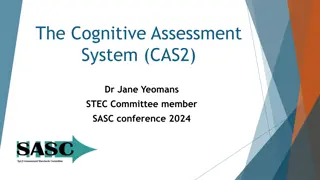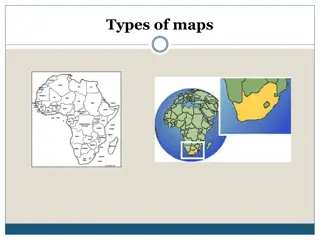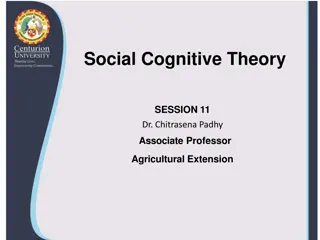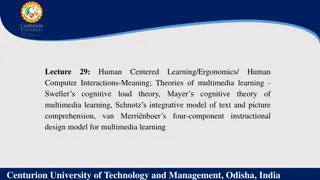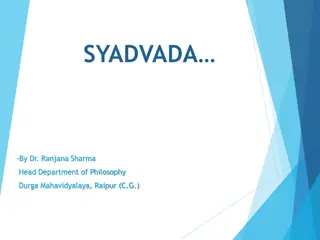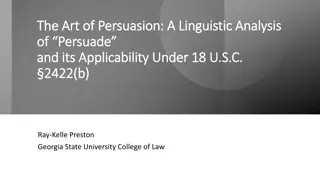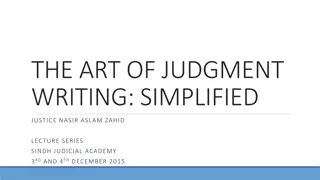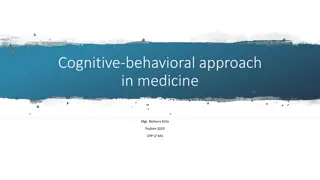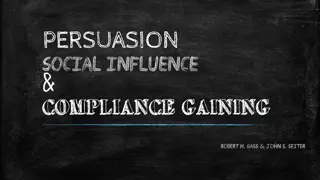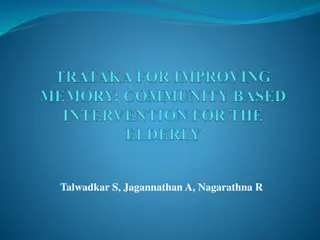Understanding Social Judgment Theory: Persuasion and Cognitive Maps
Social Judgment Theory (SJT) involves self-persuasion through comparing new ideas with existing attitudes. By considering an example where individuals have differing views on religion, the theory explores persuasion strategies focusing on anchors, alternatives, and ego-involvement. Reflective journaling on changing a friend's viewpoint reveals the impact of cognitive maps and ego-involvement. An illustrative scenario showcases how SJT can explain diverse reactions to a common situation among different individuals.
Uploaded on Sep 15, 2024 | 0 Views
Download Presentation

Please find below an Image/Link to download the presentation.
The content on the website is provided AS IS for your information and personal use only. It may not be sold, licensed, or shared on other websites without obtaining consent from the author. Download presentation by click this link. If you encounter any issues during the download, it is possible that the publisher has removed the file from their server.
E N D
Presentation Transcript
Social judgement meaning, frame of reference, stereotyping SESSION 29 Dr. Chitrasena Padhy Associate Professor Agricultural Extension
Social judgment theory (SJT) is a self-persuasion theory proposed, perception and evaluation of an idea by comparing it with current attitudes. According to this theory, an individual weighs every new idea, comparing it with the individual's present point of view to determine where it should be placed on the attitude scale in an individual's mind. SJT is the subconscious sorting out of ideas that occurs at the instant of perception.
Think of a friend or family member who has different views than you do on another religion (e.g., you are fine with everyone expressing their own religion as they desire, and you have a friend who thinks that outward manifestations of other religions should be banned in public). Do you think you would be able to persuade your friend to think more like you do on the topic? In order to persuade the person to your way of thinking, would you address that person's anchor (preferred position), alternatives (choices of beliefs or how to act), or ego-involvement (personal investment in the topic) primarily?
Write a reflective journal entry explaining whether you could change a friend's position and how you would go about doing so. For example, you may think that you could change your friend's mind to an extent, and you may focus on showing the person that her ego-involvement in the subject is misplaced Social Judgement theory states that you have a statement or message and you accept it or reject it based on your cognitive map. You accept or reject a message based on one's own ego-involvement and if it falls within their latitude of acceptance. Theorist: Muzafer Sherif, Carolyn Sherif, Carl Hovland.
What is an example of social judgment theory? Here's an example: there are three people: Tom, Ada, and Sam. Tom loves outdoor activities, Ada doesn't mind being outside or inside, and Sam dislikes the outdoors. When they hear the news about the nearby park raising its entrance fee, these three will have different reactions, which can be theorized using the social judgment theory. Tom would be upset, Ada wouldn't be affected very much, and Sam would probably be happy.
What is social judgement in social psychology? Social judgment theory suggests that an individual's position on an issue depends on three factors: anchor, alternatives, and ego-involvement. This theory has a premise that there is a spectrum of whether one accepts or rejects a new piece of information. There are three zones: the latitude of acceptance, the latitude of non-commitment, and the latitude of rejection.
Why is social judgement theory important? The social judgment theory attempts to explain why and how people have different reactions and responses toward the same information or issue. This can be used to improve the way people communicate with each other and is widely considered in persuasions.
Stereotyping By stereotyping, we infer that a person has a whole range of characteristics and abilities that we assume all members of that group have for example, a hells angel biker dressed in leather. One advantage of a stereotype is that it enables us to respond rapidly to situations because we may have had a similar experience before. One disadvantage is that it makes us ignore differences between individuals; therefore, we think things about people that might not be true (i.e., make generalizations).
The use of stereotypes is a major way in which we simplify our social world; since they reduce the amount of processing (i.e., thinking), we have to do when we meet a new person. Stereotypes lead to social categorization, which is one of the reasons for prejudiced attitudes (i.e., them and us mentality), which leads to in-groups and out-groups. Positive examples of stereotypes include judges (the phrase sober as a judge would suggest this is a stereotype with a very respectable set of characteristics), overweight people (who are often seen as jolly ), and television newsreaders (usually seen as highly dependable, respectable and impartial).



